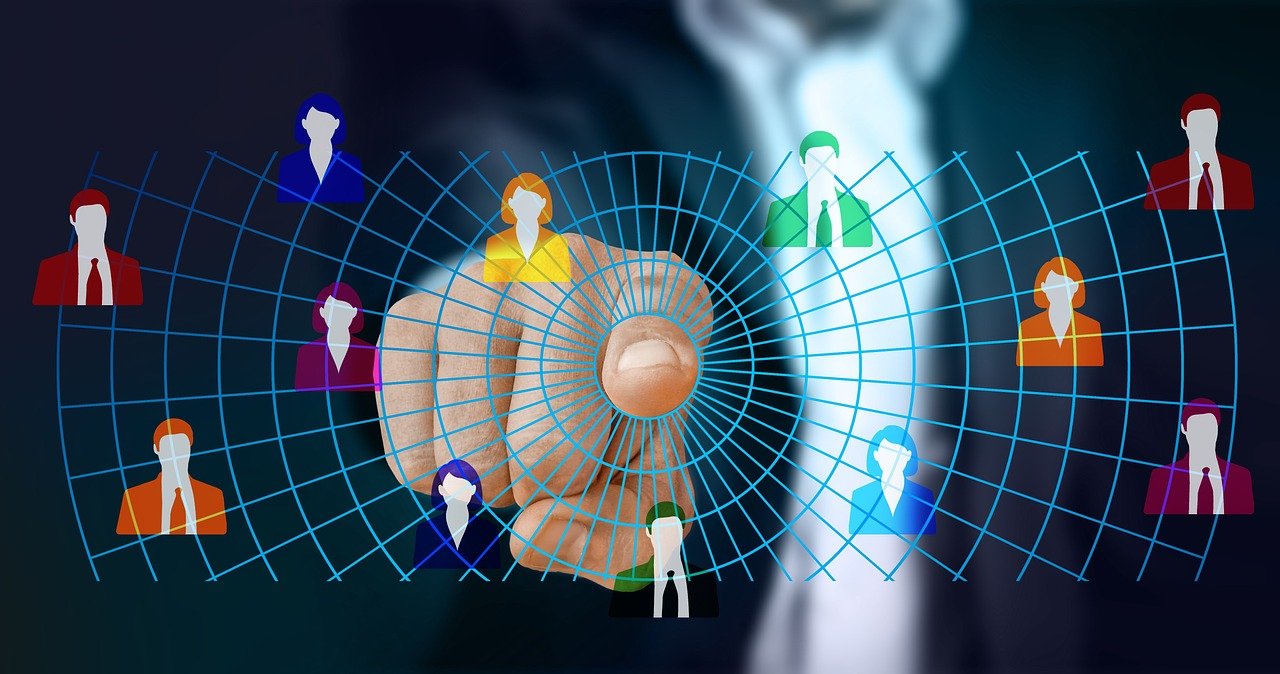The future of education is here, and it’s powered by artificial intelligence. AI in education is no longer a futuristic concept; it’s a rapidly evolving reality that’s transforming how we teach, learn, and personalize the educational experience. From intelligent tutoring systems to automated grading, AI is poised to revolutionize education, making it more accessible, efficient, and effective for students and educators alike. This post explores the multifaceted applications of AI in education, its potential benefits, and the challenges that lie ahead.
AI-Powered Personalized Learning
Understanding Personalized Learning
Personalized learning is the adaptation of educational content, instructional methods, and learning environments to meet the individual needs, preferences, and interests of each learner. AI is uniquely equipped to deliver this level of customization at scale.
AI’s Role in Customization
AI algorithms analyze student performance data – from quizzes and assignments to learning behaviors and interactions within educational platforms – to identify learning gaps and tailor content accordingly.
- Adaptive Learning Platforms: Companies like Knewton and DreamBox Learning use AI to adjust the difficulty of questions and provide targeted feedback based on a student’s progress in real-time.
- Personalized Content Recommendations: AI can recommend relevant articles, videos, and other resources to students based on their learning history and expressed interests. Think of it as a Netflix for education.
- Differentiated Instruction Support: Teachers can leverage AI-powered tools to identify students who need extra support or enrichment, allowing them to provide more individualized instruction.
Practical Example: Smart Sparrow
Smart Sparrow is an adaptive e-learning platform that allows educators to design interactive and personalized learning experiences. Using AI, it monitors student progress, provides immediate feedback, and adapts the learning path to optimize learning outcomes. Educators can track student engagement and identify areas where students are struggling, enabling them to intervene effectively.
Automating Administrative Tasks with AI
Reducing Teacher Workload
One of the most significant challenges facing educators is the overwhelming workload, including administrative tasks that take away from valuable teaching time. AI can automate many of these tasks, freeing up educators to focus on student engagement and curriculum development.
Specific Automation Examples
- Automated Grading: AI-powered grading systems can automatically assess multiple-choice quizzes, short-answer questions, and even essays, providing quick and accurate feedback to students. Gradescope is a great example of this in action.
- Attendance Tracking: Facial recognition and other AI technologies can automate attendance tracking, saving teachers valuable time.
- Scheduling and Logistics: AI can optimize class schedules, manage resource allocation, and automate other logistical tasks, improving efficiency and reducing administrative burden.
Actionable Takeaway for Educators
Explore AI-powered tools that can automate grading, attendance tracking, or other administrative tasks. Free up your time to focus on what matters most: teaching and supporting your students.
Enhancing Accessibility and Inclusivity
Overcoming Barriers to Education
AI has the potential to make education more accessible and inclusive for students with disabilities, those from disadvantaged backgrounds, and those learning in remote areas.
AI-Powered Accessibility Tools
- Speech-to-Text and Text-to-Speech: These technologies can help students with visual or auditory impairments access educational materials. Otter.ai is a strong option for transcription.
- Translation Services: AI-powered translation tools can translate content into multiple languages, making education more accessible to students from diverse linguistic backgrounds. Google Translate is integrated into many platforms now.
- Personalized Support for Students with Learning Disabilities: AI can analyze student performance data to identify students with learning disabilities and provide personalized support and interventions.
Practical Example: Immersive Reader
Microsoft’s Immersive Reader uses AI to improve reading comprehension for students of all ages and abilities. It can read text aloud, break words into syllables, highlight parts of speech, and translate text into multiple languages, making it a powerful tool for students with dyslexia or other learning challenges.
AI-Driven Intelligent Tutoring Systems (ITS)
Personalized Support and Feedback
Intelligent Tutoring Systems (ITS) use AI to provide students with personalized support and feedback, adapting to their individual learning styles and needs.
How ITS Works
- Real-time Assessment: ITS continuously assesses student performance to identify areas where they are struggling.
- Personalized Feedback: It provides immediate and targeted feedback to students, guiding them towards the correct answer.
- Adaptive Learning Paths: ITS adjusts the difficulty of the material and the pace of learning based on student progress.
Example: Carnegie Learning’s MATHia
Carnegie Learning’s MATHia is an AI-powered math tutoring system that provides personalized instruction and feedback to students. It adapts to each student’s learning style and provides targeted support to help them master mathematical concepts.
Addressing Ethical Concerns and Challenges
Data Privacy and Security
The use of AI in education raises important ethical concerns, particularly around data privacy and security. It is crucial to protect student data and ensure that it is used responsibly.
Bias in Algorithms
AI algorithms can be biased based on the data they are trained on. It is important to address bias in algorithms to ensure that they are fair and equitable.
The Role of Teachers
The rise of AI in education raises questions about the role of teachers. While AI can automate many tasks, it cannot replace the human connection and expertise that teachers bring to the classroom. The key is to integrate AI in a way that complements and supports the work of teachers. Teachers can use AI to offload administrative burden and personalization in order to focus on mentoring and inspiration.
Conclusion
AI is transforming education in profound ways, offering the potential to personalize learning, automate administrative tasks, enhance accessibility, and provide students with personalized support. While there are ethical concerns and challenges to address, the potential benefits of AI in education are undeniable. By embracing AI responsibly and thoughtfully, we can create a more equitable, efficient, and effective education system for all students. The future of education is intelligent, adaptive, and personalized, and AI is the driving force behind this transformation.



